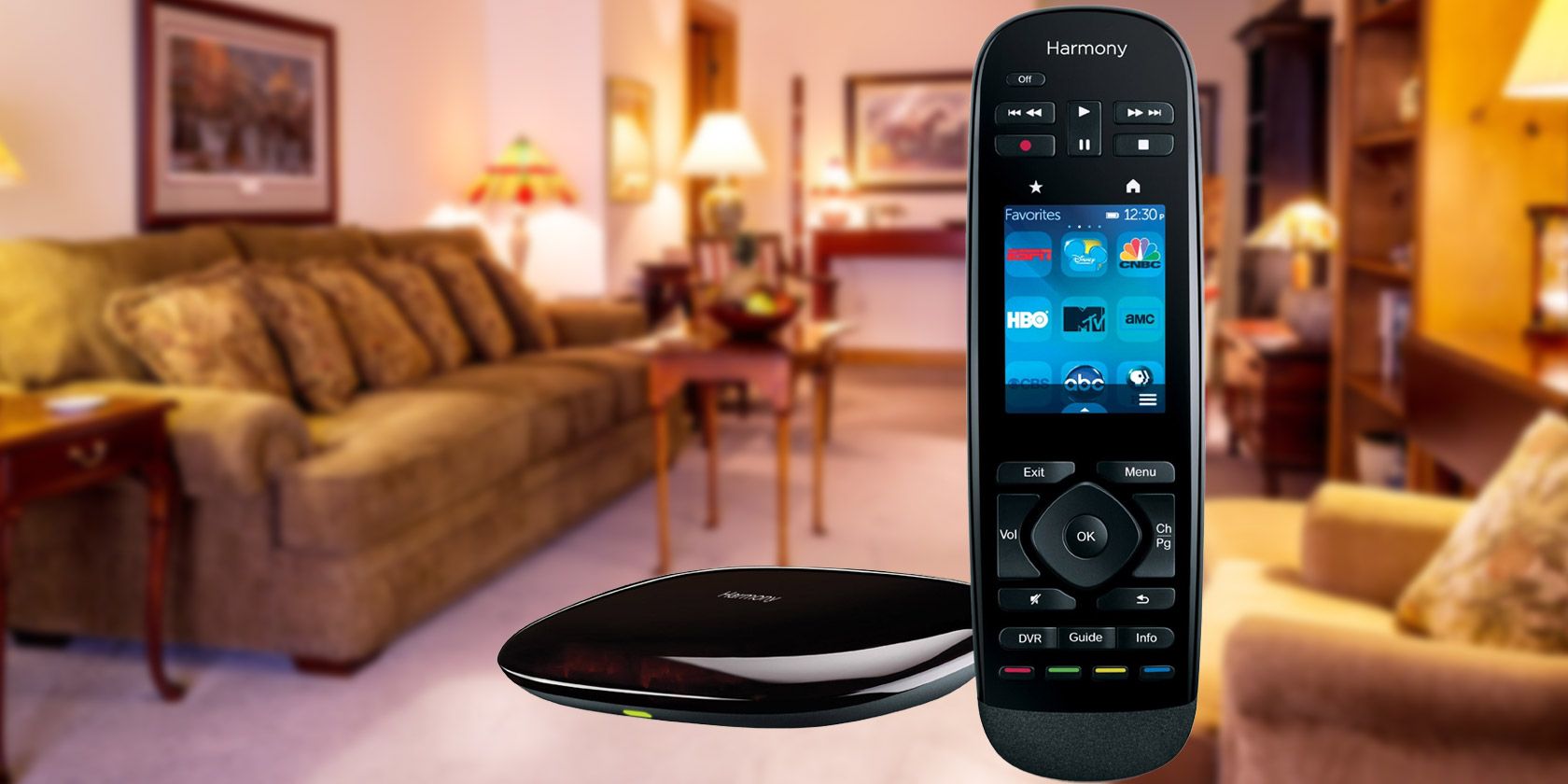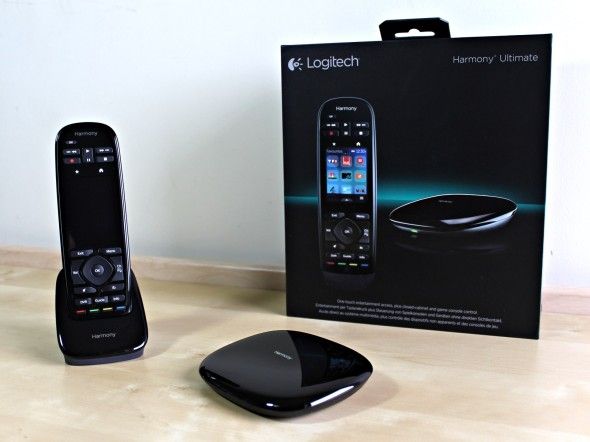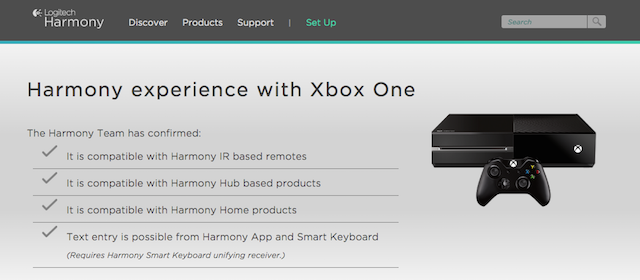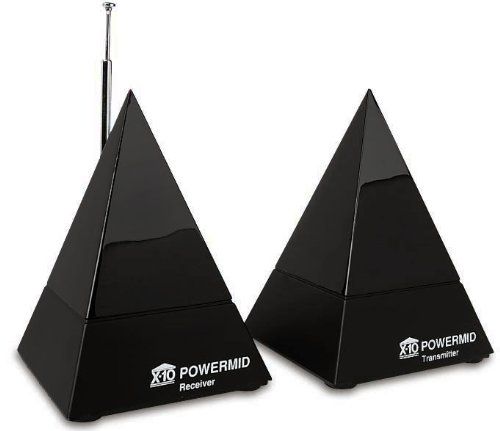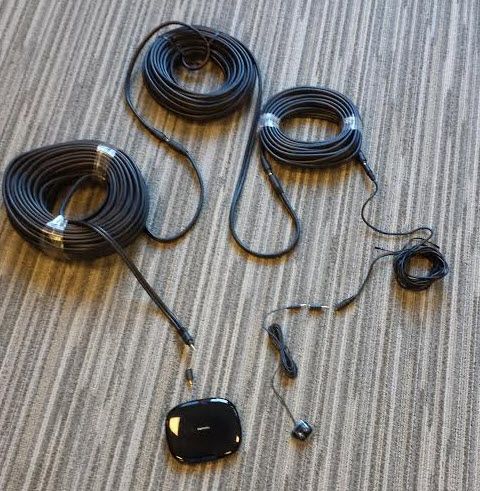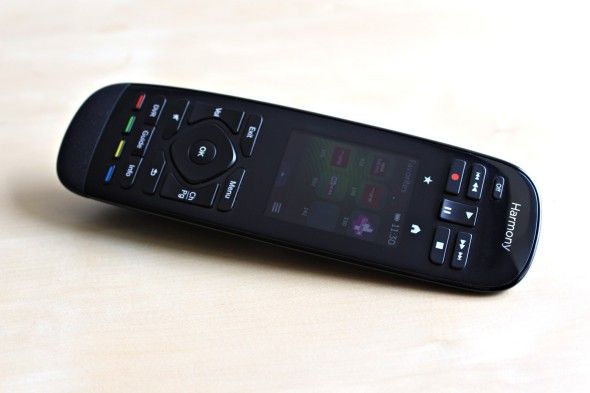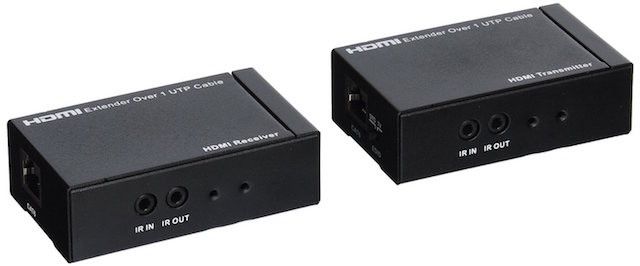The Harmony Ultimate series is a fantastic bit of kit which simplifies the mass of remote controls in your living room, and can be reprogrammed to control anything which works off infrared (even these cheap RGB LED strips).
It's a perfect solution, but only if your home entertainment den is located in a single room.
With decent projectors available for less than $400, it's quite possible you'll have both a TV and a home cinema. In that case, things get messy; you can't pair a Harmony Ultimate Remote with two hubs, so you'd need to buy two full $350 remote and hub packages.
For something designed to be the "ultimate" remote, this is far from ideal, and obviously rather pricey. The Harmony smartphone app can work with multiple hubs, but it's still not a seamless process – you need to switch hubs in the settings every time. Today I'm taking a look at a number of ways we can work around this to get a single system working for two rooms.
Terminology and Limitations
Before we get started it's important to define a few key terms and run over some hard limits of the Harmony Ultimate system.
IR - Infrared is an ageing but reliable method of device control using light which requires direct line of sight. Unknown IR commands can be learned by the Harmony system, which enables you to control pretty much anything that has a traditional remote – check out the video below where I demo some cheap RGB LEDs integrated into Harmony activities.
Want to learn more about infrared? Have a go at this TV devil Arduino project, in which you'll examine the signals sent out by your TV remote.
Harmony Ultimate Hub is the brain center of the Harmony system. It broadcasts IR, Bluetooth (for devices like the Xbox 360), and connects to your network for IP device control (like the Philips Hue and Nest). It includes two IR blaster ports, useful for repeating IR signals into hard to reach areas such as covered AV cabinets.
You cannot "teach" new Bluetooth or IP commands, and it does not currently support ZWave or Zigbee smart home products (though an extension hub is promised to add these). The hub can operate independently of the hardware remote by pairing it with a smartphone app (and can be purchased separately for just $99).
Harmony Ultimate Remote is a touchscreen remote control which pairs with a hub. It has a IR emitter, for line of sight device control, though this must be manually activated in the device settings.
Note: The "Ultimate Home" series is a minor upgrade of the Ultimate, able to control some more smart home devices such as door locks, as well as integrating with IFTTT. Logitech has promised a software upgrade path for existing Ultimate users (especially given that you can't even buy the Home edition outside of the US), but the upgrade has yet to materialize.
Number of devices. Regardless of how many rooms you're trying to throw signals out to, there's a 15 device arbitrary limit. You can overcome this by creating a custom device and teaching the codes for two or more devices in one, but it'll take time. Use this tactic as a last resort for simple items like lighting or blinds, rather than complex home entertainment components.
30ft. range between hub and remote. The Ultimate remote needs to stay within range of the hub to be functional. 30 feet is the stated range. In practical terms this means the room immediately above, below, or next to your hub should be reachable, but any significant amount of concrete is going to put a stop to this. Parts of my house are quite old, and the walls are over a metre thick of solid stone – unsurprisingly, even the room next door was unreachable. Since it's a proprietary RF signal, there's no way to extend or repeat this.
Same wifi network. If your hub is going to going to be more than 30ft away from your secondary room, all is not lost. Put the remote down – you can still use the Harmony smartphone app along with the techniques listed below to get some degree of multi-room control.
The only limitation in this case is that the same Wi-Fi network name must be used. I ran into issues where I had multiple Wi-Fi networks to cover the whole house, and had previously named them differently so I could tell which was best for upstairs or downstairs. Despite being on the same subnet, the Harmony app refused to connect from the upstairs Wi-Fi network to downstairs, until I gave both networks the same name. It doesn't matter if it's on a different access point, as long as it's the same network name and all connected to one central point somewhere (your main router).
Game systems. Here's where it gets really complicated. Harmony can control Xbox 360, Playstation 3 and Wii/Wii U by Bluetooth – so they need to be in range of the hub regardless of where you push the infrared signals to. It controls the Xbox One via infrared, but requires very precise placement of an IR blaster, so while this could be located in another room, it may require more IR repeating.
The Harmony system cannot control the Playstation 4 at all. That said, unless you're using your game system as a media player, you're still going to need the controller anyway, so perhaps it doesn't matter so much that the Harmony remote is limited in that respect. Have the Harmony turn everything else on, while you grab the controller.
If in doubt, use the compatibility checker to determine how your system is controlled.
With those hard limits in mind, let's look at solutions to extend the infrared signal from the Harmony to elsewhere in your home.
Easiest: Use a Commercial IR Blaster
The X10 Powermid is a straightforward and cost effective way to wirelessly repeat an infrared signal, which claims a theoretical maximum distance of 100 feet. At around $45, it is isn't going to break the bank.
It's a plug-and-play solution: just place the receiver within sight of your hub, and it should pick up every IR signal in the room, blindly repeating them to the emitter in your second room. Ensure you don't have more than one of the same device if you use this approach.
Cheapest: DIY Blaster Extension
The IR blasters supplied with your hub are designed to repeat the main IR signal into enclosed spaces, but often you'll find you don't actually need them, as the main IR signal is strong enough to reach everything without problem. If that's the case, you can use one or more of the blasters in your second room.
For lengths of up to 75 feet, users have reported success in splicing the IR cable directly into Cat5 ethernet cabling. This can either be a dedicated cable run, or part of an existing 100MBit network. For Gigabit network speeds, all of the twisted pairs in Cat5E or Cat6 cabling is used, so this would not be possible.
To go a more non-destructive route, buy some 2.5mm mono to 3.5mm plug adaptors, and use standard stereo cabling to extend them. AVS forum user Sylvain has links to the parts required and a full guide.
It's worth bearing in mind that these "mini-blasters" aren't as powerful as the hub, so they'll need to placed closer to the devices you're controlling.
If Possible: Direct IR Control from the Remote
As well as IR signal being blasted out from the hub, the remote itself has an IR emitter. Normally, this isn't used - there's just no need, since the hub does that. However, for problematic devices you can configure the signal to come from the remote as well as or instead of the hub (you can also configure which of the IR blasters if any it's repeated on, which could prove useful for controlling the same devices in different rooms).
You can therefore set everything in the second entertainment room to be controlled directly from the remote, while the main room remains under hub control.
Using this method, you're limited to using the physical remote control. This won't work if you're controlling things from your smartphone, so it might be a good idea to also extend one of the IR blasters. And as mentioned before, the remote still needs to be within range of the hub at all times (about 30ft).
Most Comprehensive: HDMI Extenders
If it's likely you'll only be using one of your home entertainment rooms at any time, you might consider broadcasting an HDMI signal to the secondary room. Put all your source components into the main entertainment room, and keep the secondary room as an extension which only contains output devices, like a projector and surround sound system – all the source switching will be done in the main room.
HDMI extenders are around $50-$100 and need a dedicated run of Cat6 cabling; you'll also need to purchase separate IR emitters, and a suitable adaptor to connect the 2.5mm mono mini-blaster port on the Harmony hub, with the 3.5mm mono input on the extender.
As you can see, there are some insurmountable limitations to the Harmony Ultimate system, though with a little compromise and careful planning you can extend most of the functionality to another room. Still confused about what you can and can't do? Do you have another method we haven't outlined? Ask away or let us know in the comments.

